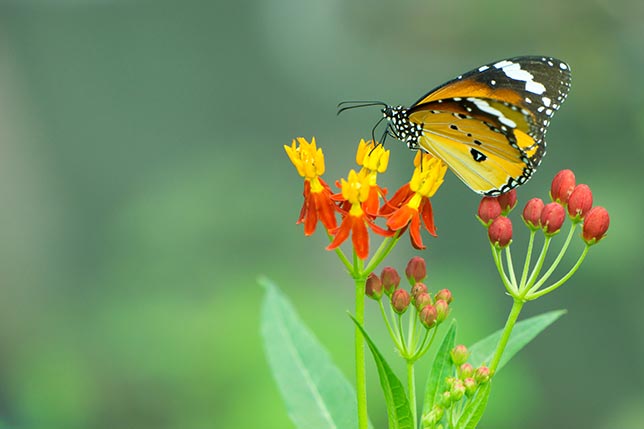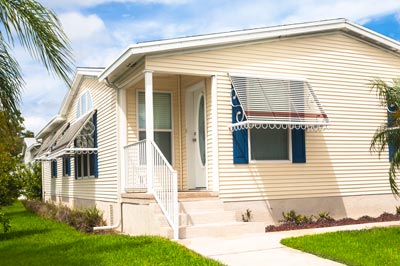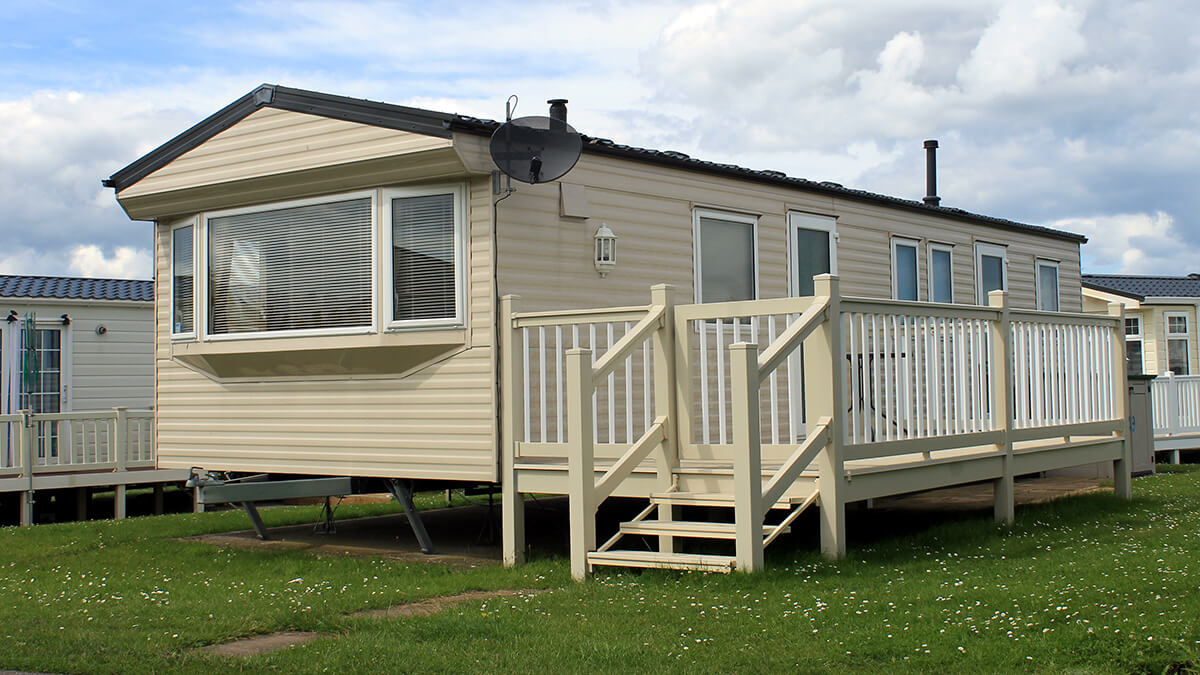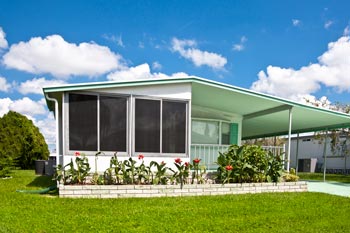How to make a butterfly garden

When planning your butterfly garden, it is a good idea to find out which species are resident in your area and the plants on which they are found.
Choosing the Right Spot
A butterfly garden can range from a large plot of land, to a 5' x 10" strip near a walkway to a window box or a container garden.
Since butterflies tend to be more active in the sun, large open sunny areas are an important factor for the garden. Some protection from the wind is also necessary, and this can be provided by planting shrubby nectar and food plants like Buddleia, Honeysuckle, Spice Bush and Hawthorn. A small fence, a row of shrubs, evergreen trees or even a large rock can serve as a shelter from the wind.
Butterflies cannot drink directly from open water so it is a good idea to create “puddles” of moist sand or mud. Placing a few rocks or sticks in this "puddle" allows the butterflies to perch and drink. Rocks also provide a site where butterflies can bask to store body heat from the sun.
A Raised-bed Butterfly Garden
A raised bed butterfly garden is simply a raised area of soil framed by boards, logs, railroad ties, stones, rocks, bricks or any other material you have on hand. Since the above-ground bed heats up faster, it can be planted sooner than in-ground gardens, has better drainage, and is easier to maintain. If you try this popular technique for growing plants, you'll find it uses less space, requires less fertilizer and water, and helps eliminate soil problems.
It's fun to choose the location, design your layout, and decide what materials you want to use. Although your butterfly garden can be any size, the bed width should be narrow so you can easily reach all areas. Use a shovel to cut through the grass around the perimeter of your future garden, then remove all the grass and weeds from the area. Work some potting soil, compost or shredded leaves into the loosened ground. The soil should be loose enough to feel soft when you crumble it in your hands.
You can use countless materials for the border or frame of the raised bed, or even prepare a temporary raised bed garden by simply marking out the boundaries and tilling the soil. The bed of loosened soil will remain slightly raised above the surrounding areas. This borderless raised bed garden gradually flattens or erodes over time, but can be a good temporary approach.
Permanent raised beds are usually the best way to go. You invest a little more time and money into the construction of a frame or wall raised bed, but the finished product controls erosion and lasts for years. Common frame or wall materials include: rot-resistant lumber such as redwood or cedar, treated landscape timbers, used railroad ties, bricks, stones, concrete blocks, or even old tires. Resourceful gardeners may be able to find these or other suitable materials at little or no cost.
Try to lay your garden out in a rectangular pattern, keeping the width about 4 feet so you can easily reach the center of the bed from either side. If you decide to use either landscape timbers, or 2″ x 10″ or 2″ x12″ boards, have the materials cut to size and delivered by your lumber yard. Keep the boards or timbers from falling over by nailing them to 1″x2″x20″ long decay resistant wooden stakes driven into the ground.
If you want to use rocks or stones to build a raised bed garden, ask your kids to get in on the action. Kids love looking around for special rocks or stones in your own yard, neighborhood or during trips to the woods, park or beach. The whole family can pitch in and build the rock and stone border a little at a time. This approach also helps kids get involved with butterfly gardening.
When the border or frame is finished and the soil thoroughly mixed, begin planting your garden with beautiful, colorful, annual and perennial plants that attract butterflies. You and your kids can even use a shaker of wildflower or butterfly flower seeds to scatter the seeds thickly throughout the bed. When planting is completed, be sure to apply mulch to control weeds and retain moisture.
Placement of Plantings
Placement of your plantings in the garden should be carefully considered. Plant taller plants in the back, mid-sized in the middle and short ones in the front. This design works visually and keeps both the low-feeding and high-feeding butterflies happy.
Walkway Planting
You might want to create a garden around an existing walkway. This can be done easily by planting in layers. Space the plants apart according to recommended spacing requirements for optimal growth.
This type of garden is great for city gardeners or school gardens with well-established walkways. Kids may plant single rows of plants around their driveways or sidewalks at home, but keep in mind that the butterflies don't always visit noisy or busy places.
Plant tall plants in your back row, medium height plants in the middle area and short, border plants in your front row.
Plot of Ground
If you have a small piece of ground (as small as 5' x 5") you can purchase a shaker of wildflower or butterfly flower seeds. Properly prepare the soil and remove all clumps of sod. Good soil preparation is well worth the effort and will result in a successful garden.
Rake the soil lightly and scatter the flower seeds thickly through the area. Water daily and in a few weeks you will have a beautiful garden that will attract various types of butterflies. The best part is you don't have to weed it. Annual maintenance for this type of garden requires you to replenish some of the flowers by reseeding.
Types of Plants
Butterflies are particular about the plants they feed on. Certain butterflies are only attracted to certain types of plants or flowers. Planting the right plants will attract butterflies. Different species of butterflies have different preferences of nectar, in both colors and tastes. A wide variety of food plants will attract the greatest diversity of visitors. Try staggering wild and cultivated plants, as well as blooming for different times of the day and year. Groups of the same plants will be easier for butterflies to see than singly-planted flowers.
Determining which types of butterflies are in your particular location will help you select which flowers you should grow. Select plants for the adult butterflies and the caterpillars. By growing these varieties you may encourage the visiting butterflies to breed and lay eggs.





